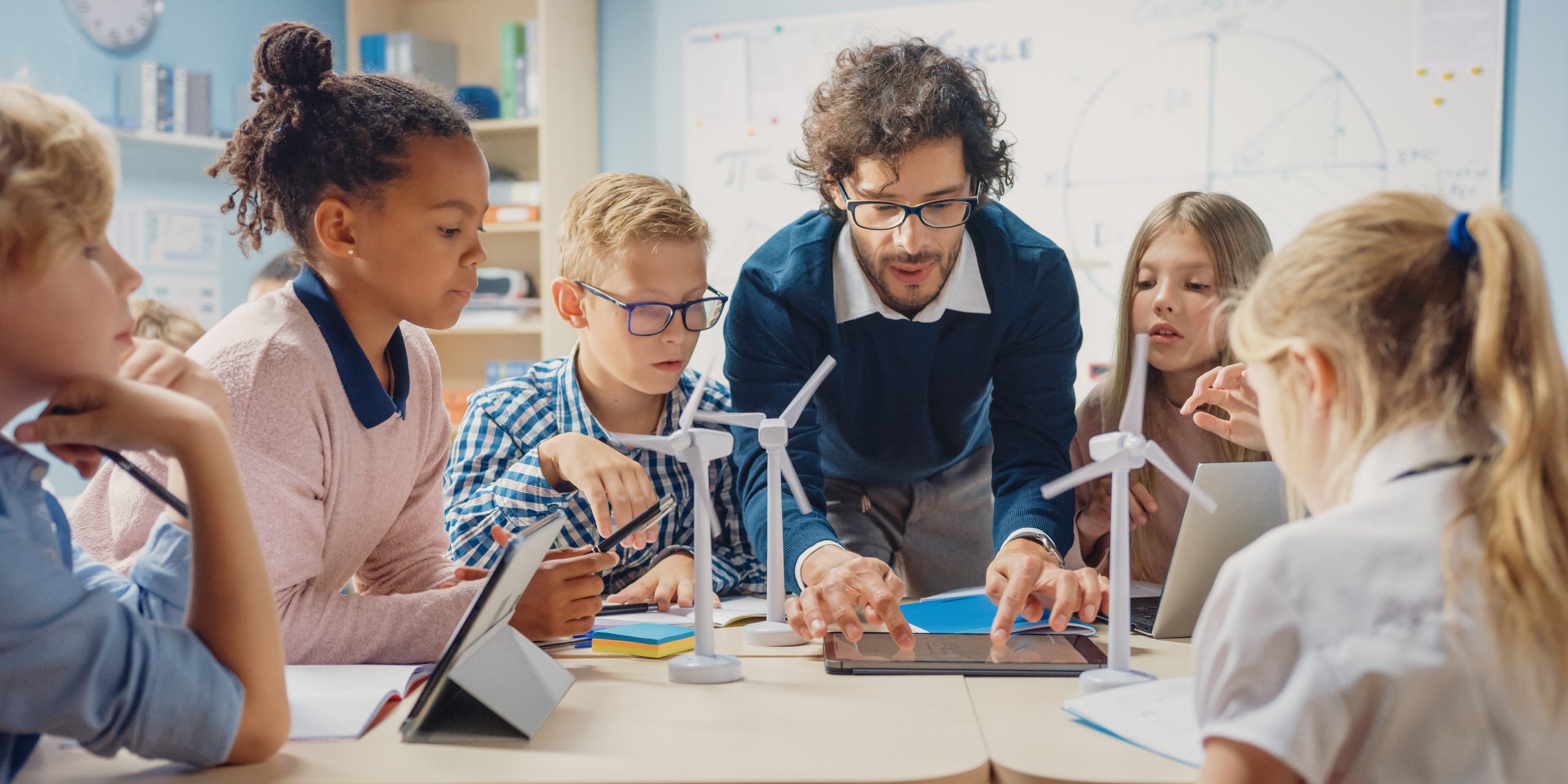Education has long been a cornerstone of societal progress, shaping the minds of generations. However, the traditional classroom model, with its standardized testing and one-size-fits-all approach, is proving inadequate for the demands of the modern world. As we stand on the cusp of a new era, the future of learning promises to be a dynamic and innovative space, driven by technology and tailored to individual needs.
1. The Current State of Education
In the traditional classroom, students are often treated as passive recipients of information. Rote memorization and standardized testing prevail, limiting the development of critical thinking and problem-solving skills. This approach doesn’t adequately prepare students for the complexities of the real world.
2. Technology as a Catalyst for Change
Technology has emerged as a powerful catalyst for transforming education. Online resources, e-learning platforms, and digital tools have democratized knowledge and allowed learners to access information anytime, anywhere. This digital revolution is bridging gaps and making education more accessible to diverse populations.
3. Personalized Learning: Tailoring Education to Individual Needs
Personalized learning is reshaping the educational landscape. With adaptive learning platforms and algorithms, students can learn at their own pace, focus on their strengths, and receive targeted assistance where they need it most. This approach fosters better engagement, deeper understanding, and improved knowledge retention.
4. Gamification and Experiential Learning
Gamification injects excitement and engagement into learning by incorporating game elements into educational experiences. This method taps into students’ natural desire for competition and rewards, making learning feel like play. Additionally, experiential learning, which emphasizes hands-on experiences, connects theoretical concepts to real-world applications, enhancing comprehension and enthusiasm for learning.
5. Virtual Reality (VR) and Augmented Reality (AR) in Education
Virtual Reality and Augmented Reality technologies are revolutionizing the way we learn. These immersive tools transport students to historical events, faraway locations, or even microscopic realms, providing a level of engagement and understanding that traditional methods can’t match. Imagine biology classes where students can explore the human body from the inside or history lessons that unfold in front of their eyes.
6. Blended Learning: Combining Online and In-Person Education
Blended learning combines the best of both worlds: traditional classroom instruction and online learning. This approach allows educators to customize learning experiences, giving students more autonomy over their studies while still benefiting from in-person interactions with teachers and peers. The flexibility of online learning complements the structure of traditional classrooms, fostering a holistic educational journey.
7. Artificial Intelligence (AI) and Machine Learning in Education
AI and machine learning are redefining education by analyzing vast amounts of data to tailor instruction to individual students. AI-driven tutoring, automated grading, and personalized content recommendations ensure that each student’s unique learning style and pace are considered. However, ethical considerations and the potential for bias must be closely monitored as these technologies become more integrated into education.
8. The Role of Teachers in the Future of Learning
In this era of technological innovation, teachers remain indispensable. Their roles are evolving from mere knowledge disseminators to facilitators and mentors. Teachers guide students through complex subjects, encourage critical thinking, and provide the human touch that technology can’t replicate. Professional development becomes crucial to ensure educators stay up-to-date with the latest pedagogical approaches and technological advancements.
9. Overcoming Challenges and Barriers
While innovation holds immense promise, challenges abound. Access to technology and the internet is not universal, leading to concerns about equitable access to quality education. Additionally, privacy concerns surrounding data collection and potential biases in AI-driven systems require careful consideration and regulation.
10. The Future is Now: Real-World Examples
Across the globe, educators and institutions are already embracing the future of learning. The AltSchool network, for example, combines technology with project-based learning to create personalized educational experiences. Similarly, Finland’s education system focuses on collaboration, creativity, and holistic development rather than standardized testing.
Takeaway: Embracing the Educational Revolution
The future of learning is one of boundless possibilities. Embracing innovation in education means embracing the potential to unlock the full potential of each student, regardless of their background or learning style. As we venture into this new era, let’s collectively work toward creating an education system that nurtures creativity, critical thinking, and adaptability—the skills needed to thrive in the ever-evolving landscape of the 21st century.

